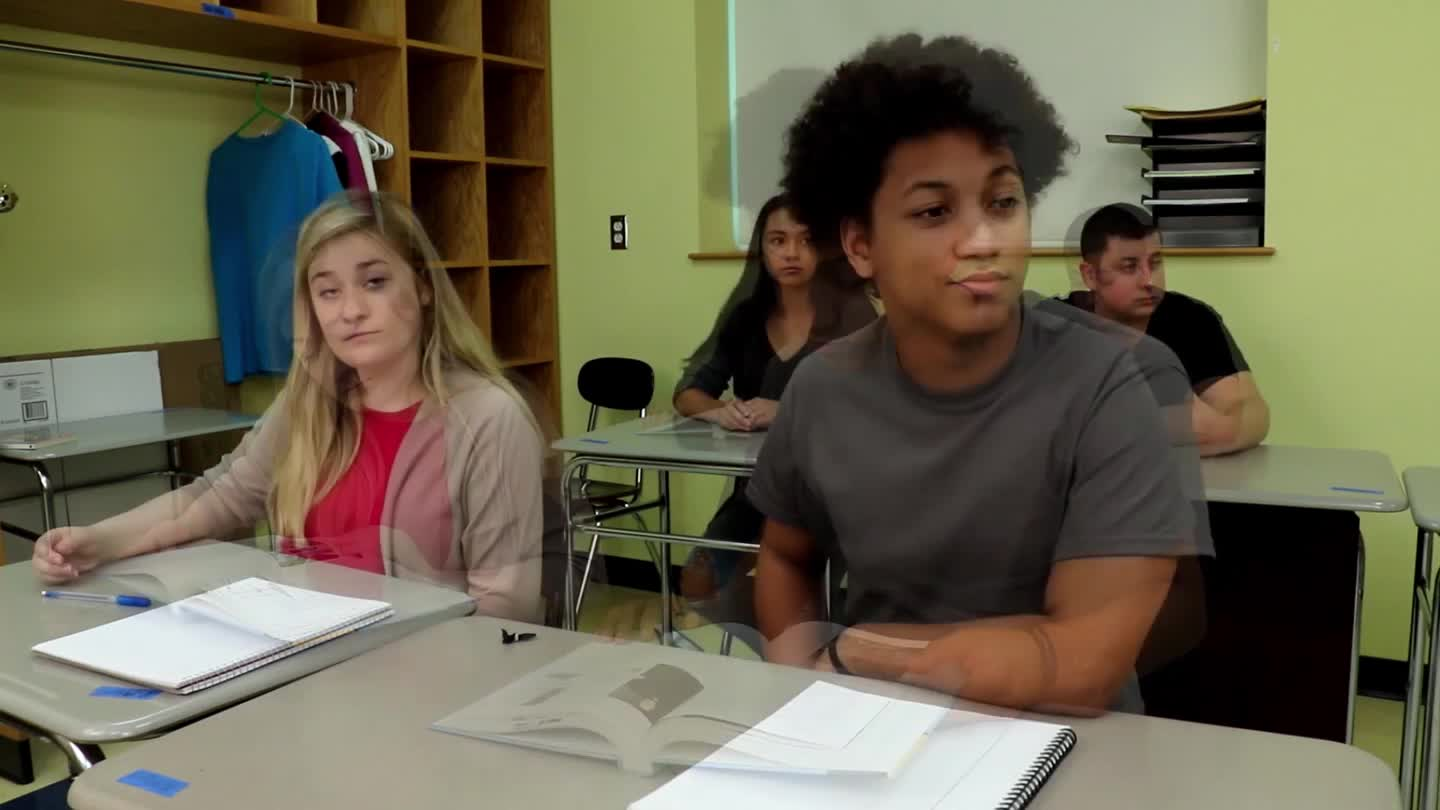Introduction
As educators, we strive to equip our high school students with the skills they need to succeed academically and socially. One essential skill is asking for clarification when unsure of something. This helps students gain a better understanding of the information presented, fosters a supportive learning environment, and promotes effective communication. In this blog post, we’ll discuss an easy-to-implement activity, thought-provoking discussion questions, and related skills that can help students develop the confidence and ability to ask for clarification when needed.
No-Prep Activity
Here’s a simple, no-prep activity that encourages students to practice asking for clarification:
- Divide students into pairs or small groups.
- Choose a topic or subject that is relevant to their current studies and assign each group a different aspect or subtopic.
- Ask students to brainstorm and list possible questions or points of confusion related to their assigned topic.
- Have each group present their questions to the class. Encourage other students to practice asking for clarification by rephrasing or expanding on the presented questions.
- As a class, discuss the importance of asking for clarification and the benefits it brings to both the individual student and the learning environment as a whole.
This activity not only helps students practice asking for clarification but also promotes peer-to-peer learning and collaboration.
Discussion Questions
Engage your students in a deeper conversation about the importance of asking for clarification by posing these discussion questions:
- Why might someone be hesitant to ask for clarification when they’re unsure of something? How can we overcome these obstacles?
- What are some strategies you can use to ask for clarification effectively and respectfully?
- Can you recall a time when asking for clarification helped you or someone else? What was the outcome?
- How does asking for clarification contribute to a positive and supportive learning environment?
- What are some situations outside of school where asking for clarification can be beneficial?
Related Skills
Asking for clarification is just one of many valuable social-emotional skills that can benefit high school students. Other related skills include:
- Active listening: Paying close attention to what others are saying and responding thoughtfully.
- Effective communication: Expressing thoughts and ideas clearly and respectfully.
- Self-advocacy: Speaking up for oneself and one’s needs in a constructive manner.
- Problem-solving: Identifying and addressing challenges through critical thinking and collaboration.
Next Steps
Now that you’re equipped with an engaging activity, discussion questions, and a better understanding of related skills, it’s time to put these resources into action. Help your high school students develop the confidence and ability to ask for clarification, setting them up for success both in and out of the classroom. For more ideas and resources on teaching social-emotional skills, be sure to sign up for free samples at Everyday Speech. You’ll gain access to valuable materials that can further enhance your students’ social-emotional learning journey.






